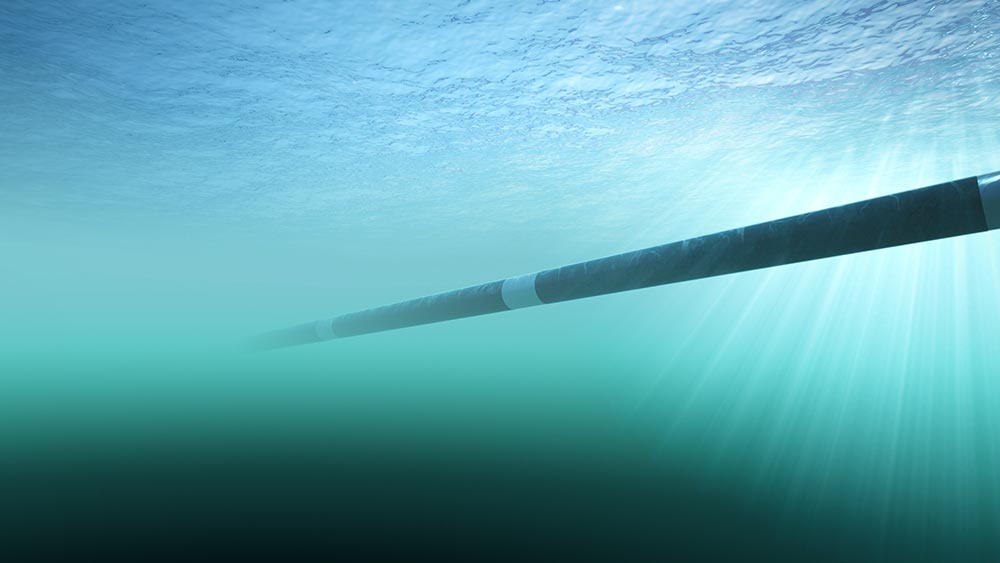
Dr. Keshawa Shukla from the College of Engineering at Texas A&M University published a proceedings paper, “A New Transient Model for Predicting Cooling Temperature and Cooldown Time of a Subsea Pipe-in-Pipe Flowline System Transporting Waxy Hydrocarbons” following the American Society of Mechanical Engineers 2021 International Conference on Offshore Mechanics and Arctic Engineering.
A professor of the practice in the Department of Multidisciplinary Engineering, Shukla’s paper works to understand and predict cooling temperatures and cooldown times of subsea systems that transport hydrocarbons.
Subsea production systems are wells found on the sea floor used to extract and transport petroleum, consisting of waxy hydrocarbons, from deep-water oil fields. While subsea systems make it easier to extract from previously unreachable deep waters, they are incredibly complex and require high maintenance. It’s not uncommon for these systems to be shut down for several days or weeks due to emergencies while the well is “shut-in” and closed off so that it stops producing.
During a shutdown, the subsea pipeline system, which typically operates at temperatures as high as 100 degrees Celsius, will eventually cool down to match the surrounding ambient sea water. However, this change in temperature also means that the remaining materials inside the pipeline system will cool and harden, quickly leading to a buildup of hydrocarbon wax and clogging the system.
“This cooling temperature may lead to solid wax deposition that can clog the pipeline systems and thus cause a loss of hydrocarbon production,” said Shukla. “In order to prevent the wax buildup, the pipeline system should have adequate thermal insulation to help retain heat during the cooldown time. Then, the operator can take active measures to shut down the system before the fluid temperature approaches the wax temperature.”
To help combat this issue, Shukla developed an analytical transient thermal model to better determine the cooling temperature and cooldown time for emergency shut-ins in subsea systems.
“The analytical model builds upon an inhomogeneous transient method incorporating an internal temperature gradient,” said Shukla. “The intention of this work was to develop a simple model based on rigorous thermodynamics and heat transfer. This approach takes care of the transition of heat to create stable and steady temperatures during shut-in operations.”
This is the first time a method such as this one has been applied to the pipe-in-pipe flowline systems for deep water applications, and the model can be applied to any subsea deep-water applications.
Shukla’s analytical model has the potential to optimize dry insulation and cooldown time requirements for pipe-in-pipe configurations, which could lead to more efficient and economical subsea environments both for engineering and operator companies.